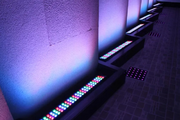Be sure to pay attention to these points when installing sensor light strips

First, let’s introduce the types of sensor light strips that are commonly used in daily life.


The finished sensor lamps inserted into the lights at the bottom of the cabinet here have two types of products to choose from: those with the sensor and the light strip integrated, and those with the sensor and the light strip separated.
Editor’s tip: When purchasing an induction lamp, be sure to ask the seller whether the sensor lamp strip and sensor are integrated or separate. Don't buy the wrong one!
When doing the basics of hard installation in the early stage, it is easy to miss the position of some auxiliary sensor light strips, but the emergence of finished sensor lights made up for this problem for us. Owners can also purchase and install independently according to actual living conditions.
Sensor light strips usually work in the following two areas:
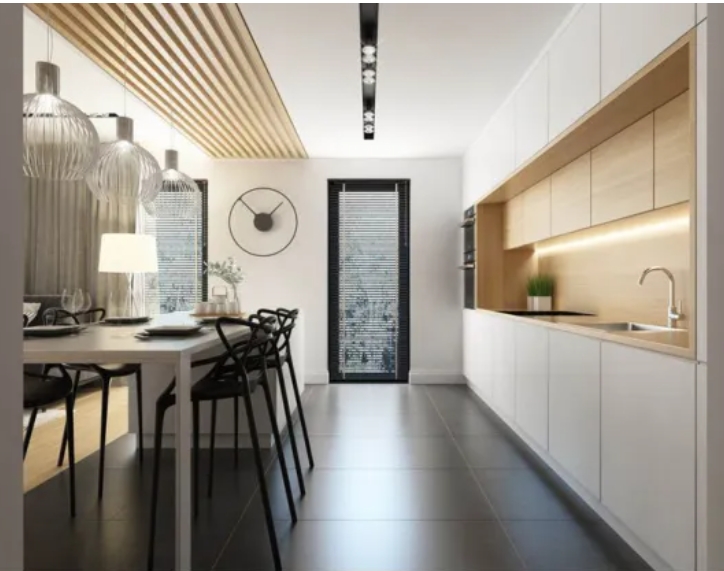
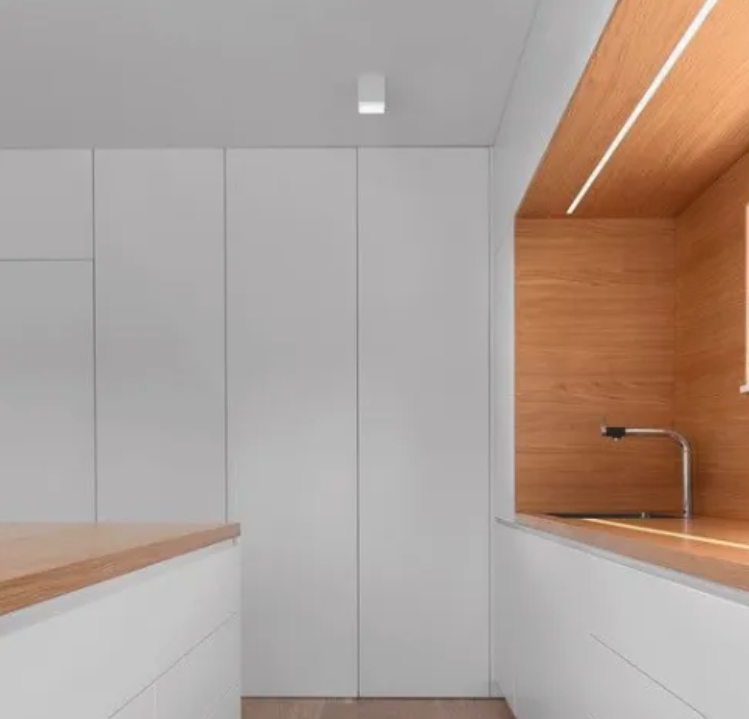
Under cabinet light strip
The under-cabinet light strip acts on the bottom of the cabinet. The application area is not limited to the bottom of kitchen wall cabinets, but can also be used on the bottom of other off-the-ground wall cabinets. Can be used both for task lighting and as ambient auxiliary lighting. When it acts on the bottom of the kitchen wall cabinet, it can illuminate the kitchen countertop under the wall cabinet, and can also illuminate the inside of the wall cabinet. When choosing this type of light strip, it is recommended to choose a hand scan sensor light or a door touch sensor light, which does not require a plug-in switch and is easy to use.
When it acts on the bottom of the kitchen wall cabinet, it can illuminate the kitchen countertop under the wall cabinet, and can also illuminate the inside of the wall cabinet. When choosing this type of light strip, it is recommended to choose a hand scan sensor light or a door touch sensor light, which does not require a plug-in switch and is easy to use.

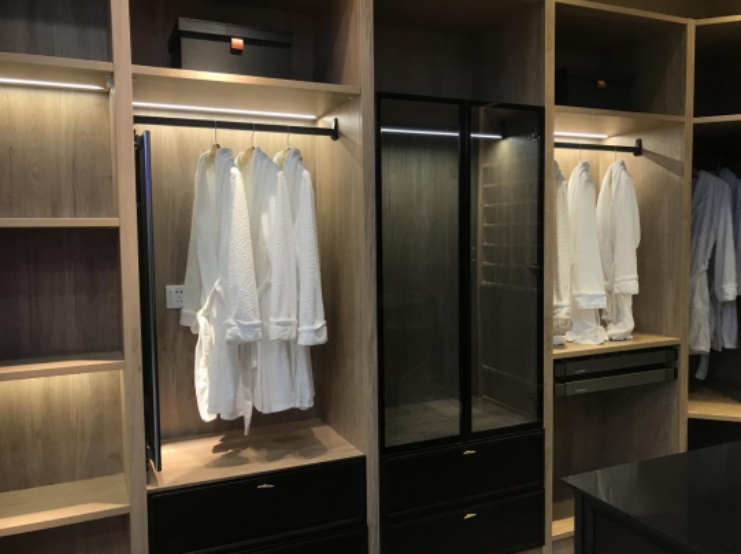
Cabinet light strip
In-cabinet light strips act on the inside of the cabinet and are suitable for use inside wardrobes or other cabinets. It is recommended to choose door touch sensor lights in such areas to facilitate users and improve the convenience of life.
Owners can purchase and install sensor lights independently according to the specific conditions of the partitions of the cabinets. The specific quantity can be controlled by yourself.
Q&A session
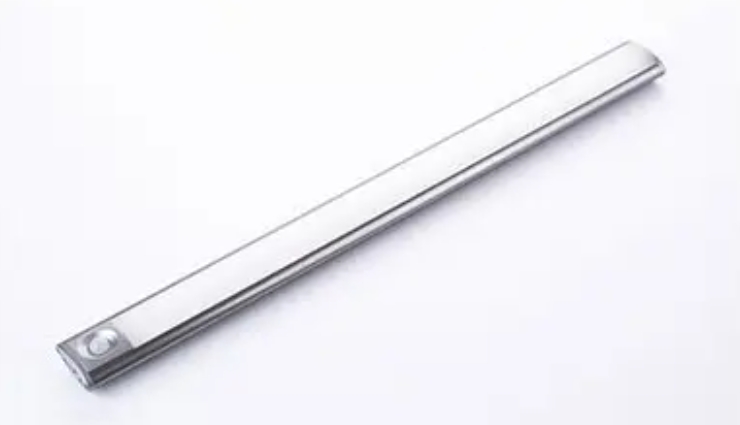
Q: "How thick is the cabinet sensor light? What is the thinnest size?"
A: The thickness of ordinary long strip sensor lights on the market is about 9-10mm. The thinnest thickness currently found is 4mm. If you know of a thinner sensor light, please leave a message and share it with us.
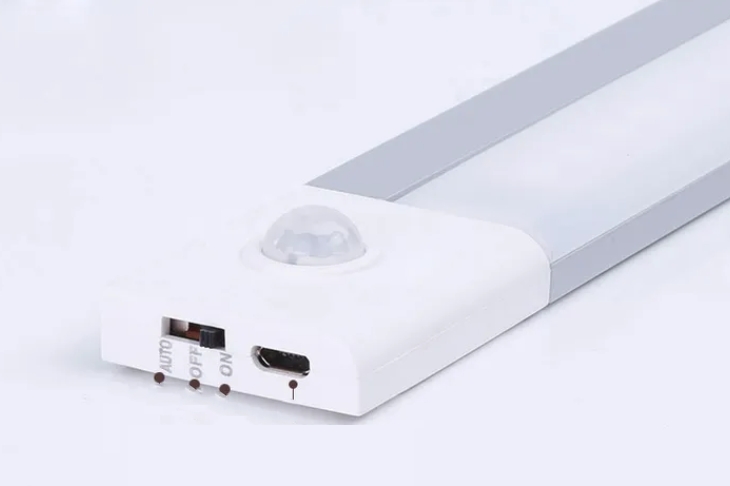
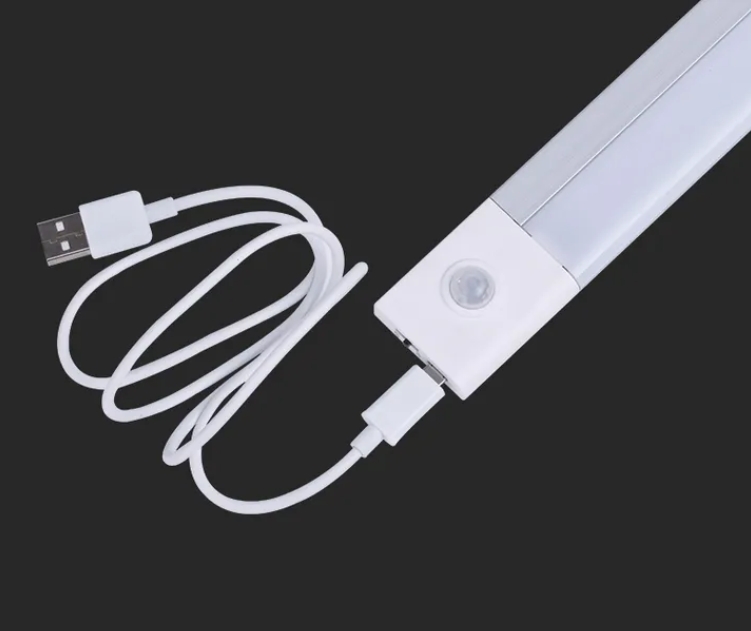
Q: "I would like to know about the rechargeable sensor light."
A: Take the commonly used charging sensor lights as an example. The sensor light has three modes - automatic sensing mode, open constant mode and closed mode. The charging method is USB interface charging. Compared with sensor lights that require a power connection to be used, the advantage of the rechargeable model is that it is flexible and convenient, is not restricted by sockets, and can be used as an emergency power source.
Friends who are more concerned about light can choose to buy a model with three levels of brightness. The three levels of brightness are generally 40%, 60% and 100% brightness, which can be adjusted according to the area of use. Some have brightness sensor identifiers that can automatically adjust.

Q: "How are sensor lights installed?"
A: ① Installation method of adsorption sensor light
Generally, merchants will provide a magnetic base and double-sided adhesive tape, which can be pasted directly.

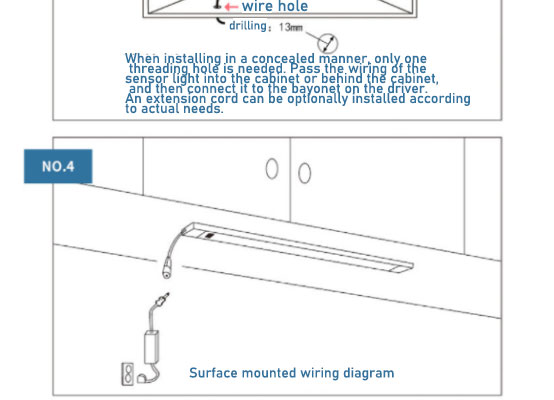
②Installation method of embedded hidden light strips
1. Determine the socket: For exposed installation, you can choose to find a nearby socket, for concealed installation, you can choose to drill holes in the cabinet to connect the socket.
2. Determine the installation location: avoid high temperatures, above hot power objects, places with large changes in temperature and airflow, and places exposed to direct sunlight.
3. Installation: First cut off the power supply and fix the lamp on a non-flammable object with screws. To ensure the maximum detection range, the wall installation height is generally 1.8 to 2 meters, and the ceiling height is generally 2.5 to 3 meters.
Note: Note: It is recommended that the sensor light be installed away from refrigerators, electrical appliances, stoves and other places that are sensitive to temperature changes and air ducts, etc. to avoid frequent on and off, which will affect the service life of the sensor light.




